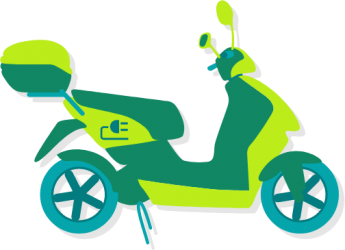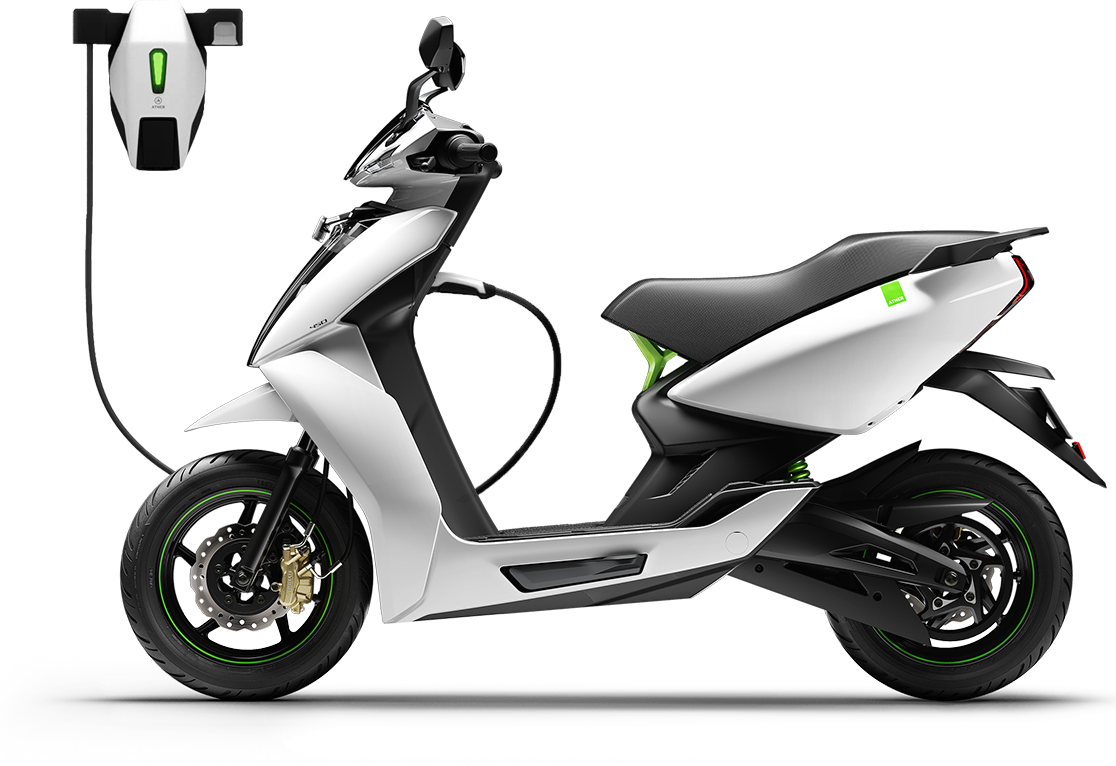2012
2012
The incentive scheme withdrawn causing a 70& drop in EV sales.
2013
2013
National Electric Mobilty Mission Plan (NENMP) 2020 launched by the Government of India.
2015
2015
FAME-I Scheme launched on 1st April, 2015 till 31st Mrach, 19 by the Dept of Heavy Industries
Allocated total Financial outlay of INR529 billion
2019
2019
FAME-II commenced from 1st April,2019. The union cabinet approved an outaly of INR 100 billion.
Taxes reduced to 5% on Evs and Electric Chargers.



